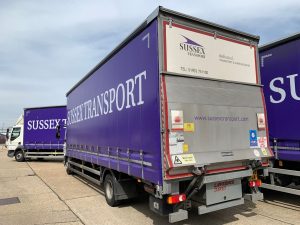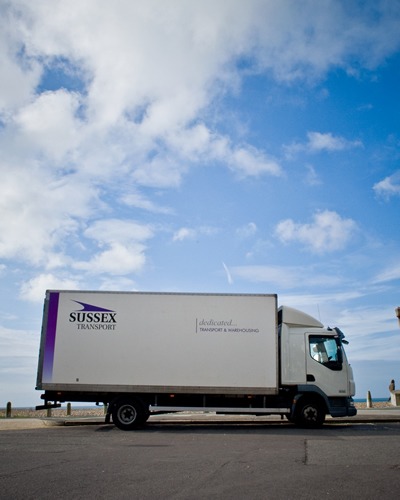It’s been a slow change away from 7.5T trucks in the haulage industry; in fact it has taken a generation (possibly more) for hauliers to make the move from drivers who only drive 7.5T’s to drivers who can drive Category C, or Class 2, vehicles as well as the 7.5Ts under one licence.
According to DAF’s figures, in the early 90s, 31% of trucks over 6 tonnes were 7.5 tonners. Now that figure is 20%. The ratio of 7.5 – 10 tonne trucks to 12 tonne trucks is now 5:1 compared with 12:1 in 1998, the year after non-HGV licensing ‘grandfather rights’ legislation changed. Clearly, the change in legislation has influenced the change.
The license changes in the late 90’s meant the rights to be able to drive a 7.5t truck without a test left the new driving licenses and those pupils quite rightly need to gain extra licenses to drive anything larger than a luton van. With those drivers hitting mid to late 30’s they are the first of the new generation.
It’s not a bad thing for hauliers like us though. For a relatively small increase in external size, 12T’s can give over double the payload than a 7.5T. The 2018 DAF LF 12T gives and impressive 5.8T payload. For that small increase in overall size, you also get 4 additional pallet spaces – increasing from 10 – 14 – especially if you get the body length right. You also get the opportunity to run a far stronger tail lift due to the extra weight available.
This makes the 12T very attractive when it comes to a return on investment, providing more capacity and payload for a relatively small increase in expenditure.
Managing Director Damian Pulford remarks. “It is not just the fact that these vehicles can take more than a 7.5 equivalent, they can be in and out faster than 18t and use less fuel. With more and more deliveries in London, Brighton and other on congested cities, drops in busy high streets and sites where access is restricted the smaller 12 tonner provides superb flexibility for our team and our customers.”

One of our 2018 12t trucks

Sussex Transport 12t truck fleet

Not on the fleet anymore, but one of our previous 7.5t vehicles